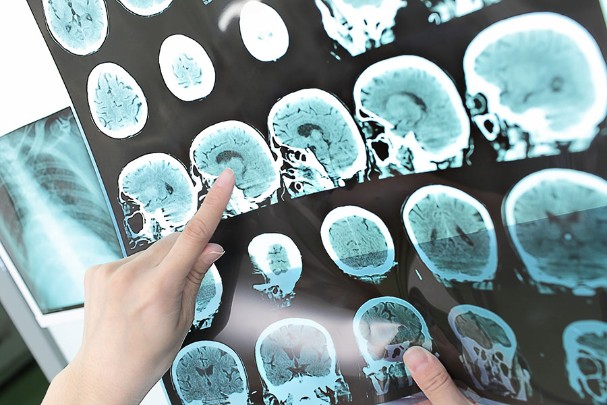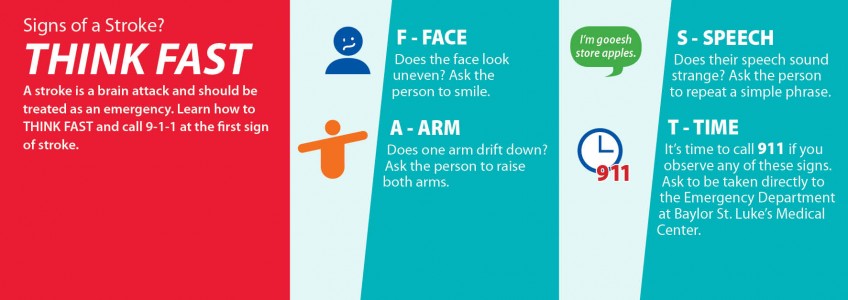St. Luke's Health joins CommonSpirit.org soon! Enjoy a seamless, patient-centered digital experience. Learn more

The American Stroke Association (ASA), a division of the American Heart Association, reports that strokes happen almost every 40 seconds in the United States. The effects of stroke vary from person to person based on the type, severity, location, and number of strokes. Although there is no cure once it has occurred, advanced medical and surgical treatments are now available, giving many stroke victims hope for optimal recovery and reducing the risk of suffering another.
Ischemic Strokes
An Ischemic stroke occurs when a blood vessel that supplies oxygenated blood to the brain becomes blocked or “clogged” and impairs blood flow to part of the brain. The brain cells and tissues begin to die within minutes from lack of oxygen and nutrients. The area of tissue death is called an infarct. 87% of strokes fall into this category. Ischemic strokes are further divided into 2 groups.
Hemorrhagic Strokes
Hemorrhagic strokes occur when a blood vessel that supplies oxygenated blood to the brain ruptures and bleeds. When bleeding occurs in the brain, brain cells and tissues do not receive oxygen and nutrients. In addition, pressure builds up in surrounding tissues and irritation and swelling occur, which can lead to further brain damage. About 13% of strokes are caused by hemorrhage (10% are intracerebral hemorrhage and 3% are subarachnoid hemorrhage strokes). Hemorrhagic strokes are divided into 2 main categories.

Cerebrum
The cerebrum is the part of the brain that occupies the top and front portions of the skull. It controls movement and sensation, speech, thinking, reasoning, memory, vision, and emotions. The cerebrum is divided into the right and left sides, or hemispheres. Depending on the area and side of the cerebrum affected by the stroke, any, or all, of these functions may be impaired.
Cerebellum
The Cerebellum is located beneath and behind the cerebrum towards the back of the skull. It receives information from the body through the spinal cord. It helps coordinate muscle action and control, fine movement, coordination, and balance. Although strokes are less likely in the cerebellum area, the effects can be severe. Common effects of strokes in the cerebellum are: the inability to walk and problems with coordination and balance, dizziness, headache, nausea and vomiting.
Brainstem
The brainstem is located at the base of the brain right above the spinal cord. Many of the body’s vital “life-support” functions, such as heartbeat, blood pressure, and breathing, are controlled by the brainstem. It also helps control the main nerves involved with eye movement, hearing, speech, chewing, and swallowing. Unfortunately, death is a possibility with brainstem strokes.
If someone is exhibiting the signs of stroke, call 911 and get him or her to the nearest St. Luke’s Health emergency department. Our Comprehensive Stroke Centers at Baylor St. Luke’s Medical Center and St. Luke’s Health–The Woodlands Hospital meet the highest standards for treating even the most complex stroke cases.
Sources:
Types of Stroke
Effects of Stroke
Looking for a doctor? Perform a quick search by name or browse by specialty.